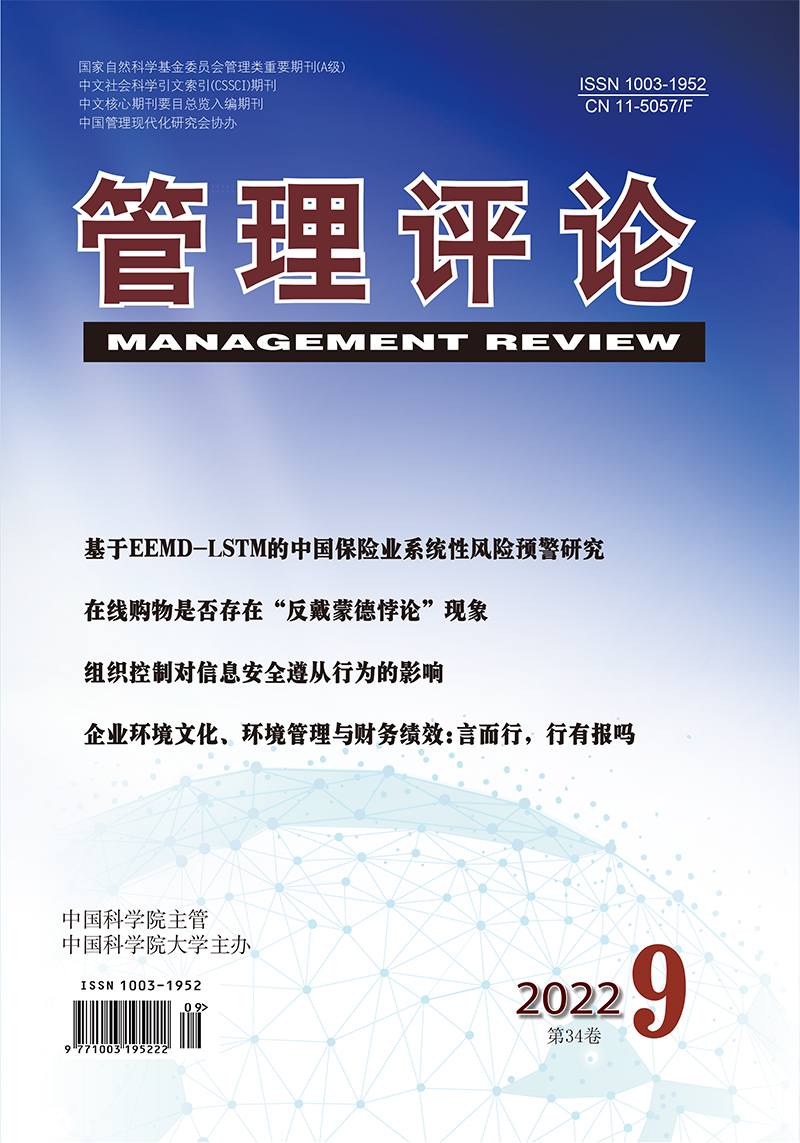|
|
Research on Pricing Decisions of Sharing Economy Platform by Considering Consumer Behavior
Chen Jing, Zhang Chenxi, Wu Yifan
2022, 34 (9):
181-194.
With the popularization of the sharing economy theory, sharing economy platforms have been emerging and developing rapidly in China over recent years. At present, there are corresponding sharing economic platforms in most areas of residents’ lives, such as food, clothing, housing, transportation and so on in China. However, most of these platforms are in a state of extensive management. Therefore, refined operation becomes a potential direction that all sharing economy platforms need to consider. Furthermore, pricing decision, as the link connecting all decision makers of sharing economic platform, is a key issue that affects the development and continuation of each sharing economic platform. Based on this, from the perspective of a sharing economic platform providing product-renting services, this paper considers a random product utilization rate of customer product and a random platform rental service evaluation of customers and formulates consumer utility choice models and sharing economy platform pricing models under three pricing modes, namely, daily rental pricing mode, membership pricing mode and hybrid daily-rental-and-membership pricing mode. In the process of model analysis, this paper firstly optimizes the model decision variables to obtain the choice structure of consumers and the optimal pricing expressions, the maximum expected profit and the market share of the sharing economy platform under different pricing modes. Through analyzing the expressions of maximum expected profit and market share of sharing economy platform, this paper points out that the sharing economy platform should choose the short-life and easy-to-depreciate products to provide leasing services in order to obtain higher profit and larger market share. Then, through comparing the profit and market share of the sharing economy platform under different pricing modes, this paper reaches the following conclusions. Firstly, the sharing economy platform with the goal of profit optimization should adopt the membership pricing model. Secondly, the sharing economy platform with the goal of market share expansion should adopt daily rent pricing model. Thirdly, the sharing economy platform considering both profit and market share should adopt hybrid daily rent and membership pricing model. And the paper also gives the expression of price setting under each pricing mode. Finally, through conducting a large number of numerical experiments, the paper shows that the profit and market share of the platform under three pricing models and the selection of pricing models are influenced by the attributes of the platform operating products. The conclusion of this paper provides reference for the sharing economy platform that purchases products and provides leasing services when choosing pricing model and making specific leasing price decisions.
References |
Related Articles |
Metrics
|

